The 10 best market research methods
How to collect information on your target market and audience

We live in a world filled with information on everyone and everything. Trying to make sense of all this data is a constant challenge for businesses. One way to do so is to conduct market research, which involves using tools and techniques to gather information and better understand a target market.
Market research enables marketing firms and researchers to collect key information on their audiences and market, develop better products and user experiences, and create more effective marketing messages.
While traditional market research tools are effective and have their place, a wide assortment of technology now exists to make market research quicker and more efficient. Understanding these methods and tools will allow you to make the most of market research.
Market research falls into two categories:
- Primary research involves conducting your own research to collect data. Examples include conducting focus groups and doing surveys.
- Secondary research involves analyzing the results of data collected by other people’s research. Examples include reviewing a company’s financial data and analyzing other researchers’ studies.
Surveys
Market research through surveys involves asking a series of questions and then collecting, organizing, and analyzing the responses.
To ensure you get high-quality responses that will actually help you, you must ask clear questions that align with the goal of the survey—are you trying to find out how your audience feels about your existing product, or do you want to find out if there’s a gap in the market you could fill? Your questions can be open-ended, yes-or-no, or a mix of both.
Survey responses provide a lot of data quickly, and if organised properly, they’ll deliver straightforward, actionable insights into the feelings and needs of your target audience.
Get the ITPro daily newsletter
Sign up today and you will receive a free copy of our Future Focus 2025 report - the leading guidance on AI, cybersecurity and other IT challenges as per 700+ senior executives
Surveys can be conducted:
- In person (individually or in groups)
- Over the phone
- By mail
- Online
Focus groups
Focus groups allow you to speak more casually with consumers, with a moderator leading a recorded discussion of a group of around six to 12 people.
While focus groups are usually held for one to two hours in a room, often with a hidden observation area, it is possible to hold focus groups virtually during coronavirus. By reducing the session time and limiting the number of participants to about five to give everyone room to speak, you can still conduct insightful focus groups remotely. It may even allow you to sample from a more wide-spread group as location isn’t an issue.
In person or online, focus groups will still involve people interacting with each other, the occasional tangent, or one person dominating the conversation, so results can vary. To balance the results, conduct several focus groups on the same topic.
Interviews
To conduct an interview, an interviewer will ask the subject direct questions. Interviews are more personal than surveys, and are ideal for asking open-ended questions. They allow the interviewer to go into greater detail and conduct follow-up questions based on the subject’s responses.
Interviews can be time-consuming, and the quality of the responses will depend on the quality of the questions asked. Leading questions — questions that encourage the respondent to answer in a certain way — can also skew the results, so it’s important to word the questions in such a way as not to lead answers in one direction.
Experiments
Experiments involve testing theories in a participant’s environment using dependent and independent variables. The researcher uses the independent variable to see how it affects the dependent variable. For example, suppose a researcher is trying to find out how the amount of sleep a student gets affects his test scores. The independent variable would be the number of hours of sleep, and the dependent variable would be the test score.
The results of an experiment are most likely to reflect what happens in real life because of how the experiment is set up in the participant’s natural environment. However, outside variables beyond the researcher’s control can affect the results, and it can be difficult for other researchers to repeat the results.
In addition, doing experiments with people who are unaware of the circumstances can be fraught with ethical issues.
Observational market research
Researchers obtain information by observing people in either a natural or controlled setting. The subjects should not know they’re being observed so they behave naturally and show their true feelings and actions. It’s important not to pressure subjects or make them aware of being observed, as they might act differently then.
RELATED RESOURCE
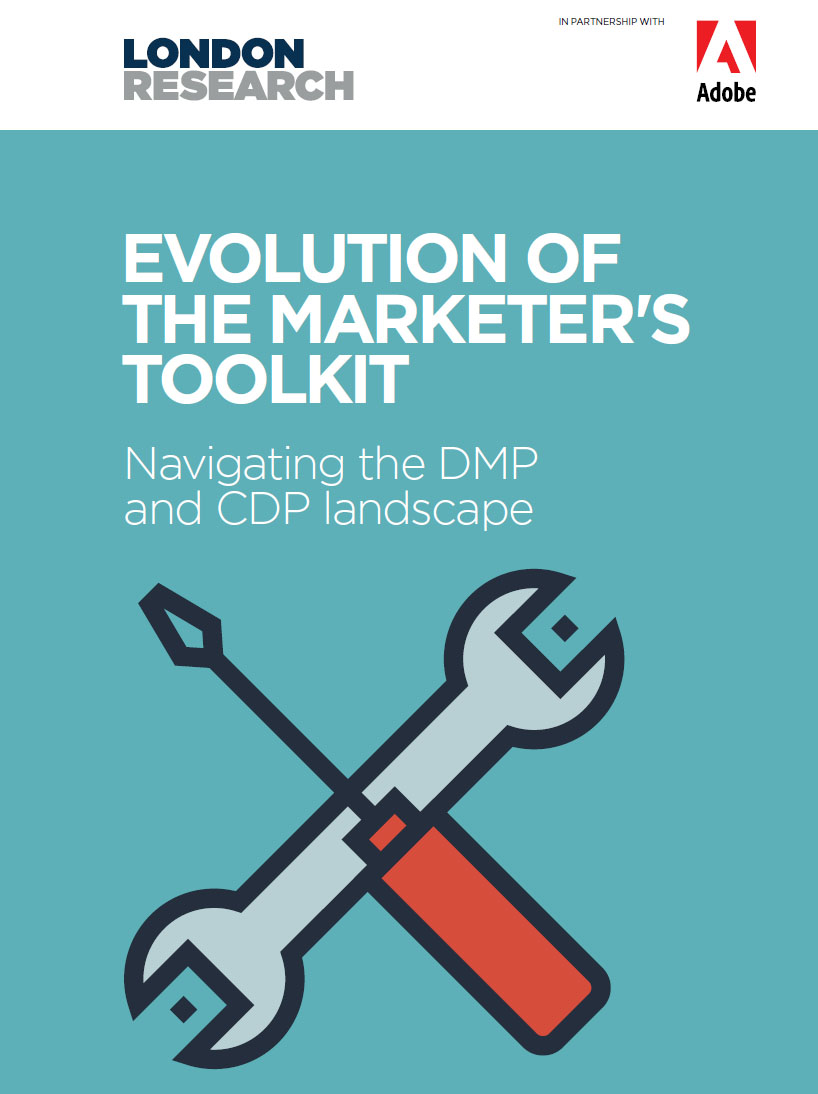
This type of market research works best in retail settings and can provide data on shoppers’ habits based on sales, dates and times of the year, and other factors. However, researchers have little control over most aspects of the environment, which can affect the results.
Competitive analysis
A competitive analysis involves categorizing and evaluating competitors for the purpose of understanding and comparing their strengths and weaknesses. The process typically begins with defining your product, service, brand and market. It then involves using specific metrics to compare your company with your competitor.
Competitive analysis can include:
- Marketing factors (e.g., public relations coverage, SEO structure, social media engagement)
- Product offerings (e.g., types of products, pricing)
A SWOT analysis is one common form of competitive analysis. It involves evaluating strengths, weaknesses, opportunities and threats.
Public domain data
Researchers can access openly available public domain data to support their research. This data is free to use, reuse and redistribute, although the data should be attributed to its source and shared with others to use.
Common sources of public domain data include government databases, polling statistics and think tanks. Another source is APIs, which provide developers with programmatic access to applications.
Analyzing sales data
Sales data usually combines with market research data to complete a picture of market research insights. It demonstrates the effects that follow marketing efforts. Sales data provides more comprehensive understanding of customers and their purchasing habits, and how those habits change according to time and circumstances.
While the data is limited to understanding customers, rather than their environment, this information can provide a more complete picture when combined with other market research.
Purchasing research
When researchers cannot find the appropriate public domain data for free, they can purchase research results. They can subscribe to industry and research reports, such as BCC Research, Euromonitor, Mintel and other sites to collect the data they need to do market research.
This type of information is typically categorized and organized in an easy-to-use format, which makes it more efficient to use and analyze.
Social media listening
People freely share their thoughts, opinions and other content on social media on a wide range of topics. This makes social media a great source of data for researchers.
Researchers can use social media listening tools to analyze relevant posts when researching specific topics. One example includes tracking what consumers say about a brand and its products.
Since most social media comments are unprompted and unfiltered, posts are typically accurate representations of each person’s thoughts and feelings about that topic.
David Gargaro has been providing content writing and copy editing services for more than 20 years. He has worked with companies across numerous industries, including (but not limited to) advertising, publishing, marketing, real estate, finance, insurance, law, automotive, construction, human resources, restoration services, and manufacturing. He has also managed a team of freelancers as the managing editor of a small publishing company.
-
 Bigger salaries, more burnout: Is the CISO role in crisis?
Bigger salaries, more burnout: Is the CISO role in crisis?In-depth CISOs are more stressed than ever before – but why is this and what can be done?
By Kate O'Flaherty Published
-
 Cheap cyber crime kits can be bought on the dark web for less than $25
Cheap cyber crime kits can be bought on the dark web for less than $25News Research from NordVPN shows phishing kits are now widely available on the dark web and via messaging apps like Telegram, and are often selling for less than $25.
By Emma Woollacott Published
-
 Marketing talent brain drain could stunt channel partner success
Marketing talent brain drain could stunt channel partner successNews Valuable partner marketing skills are at risk of being lost as the structure of channel marketing teams continues to shift, according to new research.
By Daniel Todd Published
-
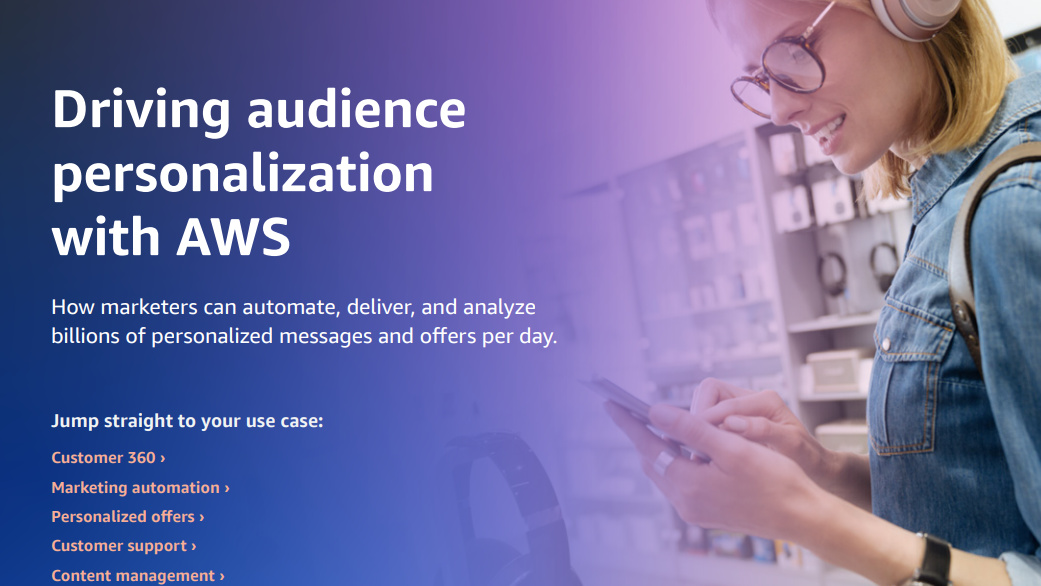 Automate personalization with AWS
Automate personalization with AWSWhitepaper How marketers can automate, deliver, and analyze billions of personalized messages and offers per day
By ITPro Published
-
 Schneider Electric unveils its first e-commerce partner program
Schneider Electric unveils its first e-commerce partner programNews Partners will be assigned a dedicated Schneider expert to aid strategy development
By Daniel Todd Published
-
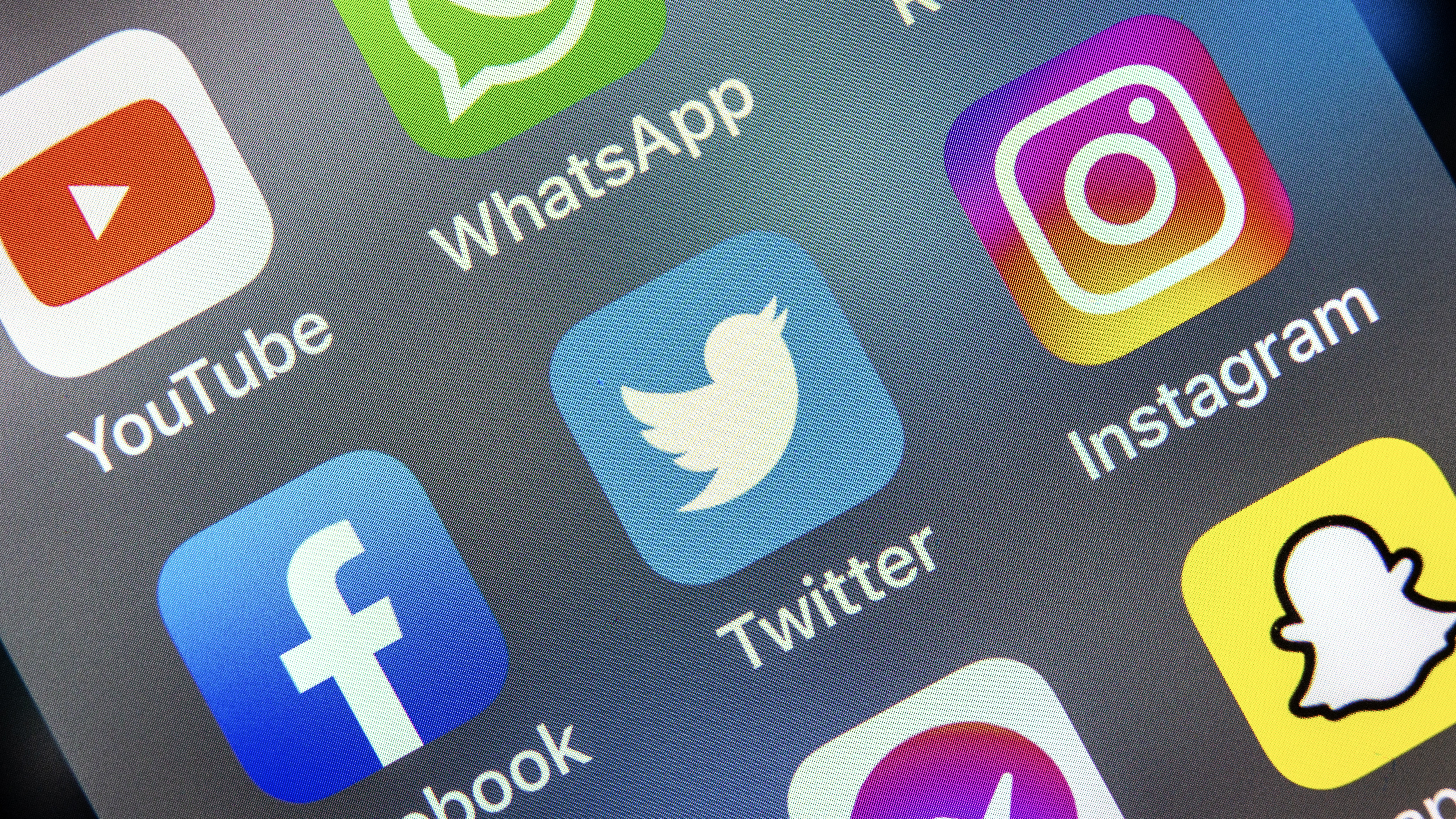 How digital marketing will evolve beyond social media
How digital marketing will evolve beyond social mediaIn-depth Twitter's ongoing destabilisation proves businesses can't rely on social media for digital marketing forever
By Elliot Mulley-Goodbarne Published
-
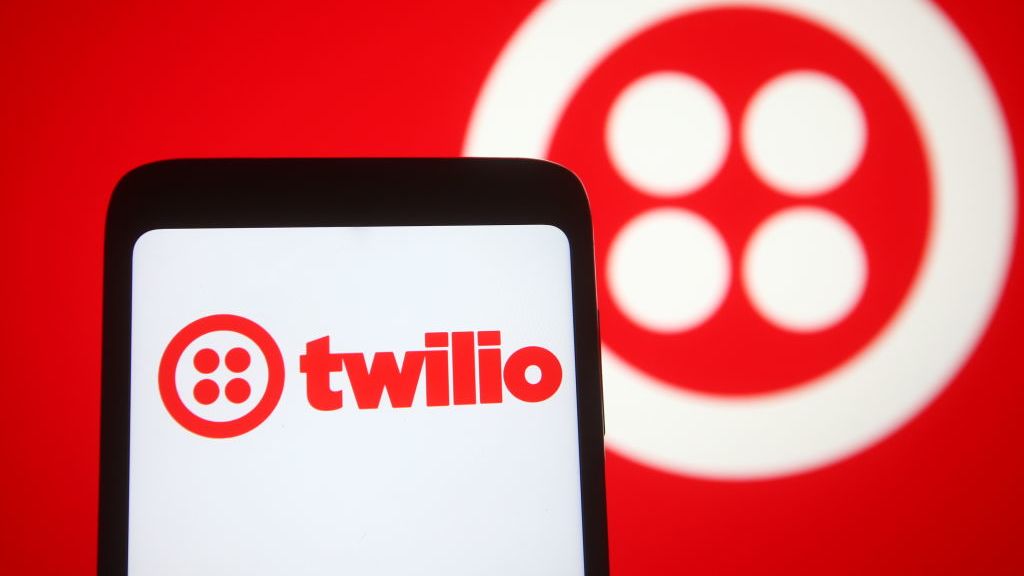 Twilio tackles 'crucial' customer retention with trio of platform upgrades
Twilio tackles 'crucial' customer retention with trio of platform upgradesNews The company believes that retaining customers and maximising LTV is crucial in weathering the current macroeconomic headwinds
By Connor Jones Published
-
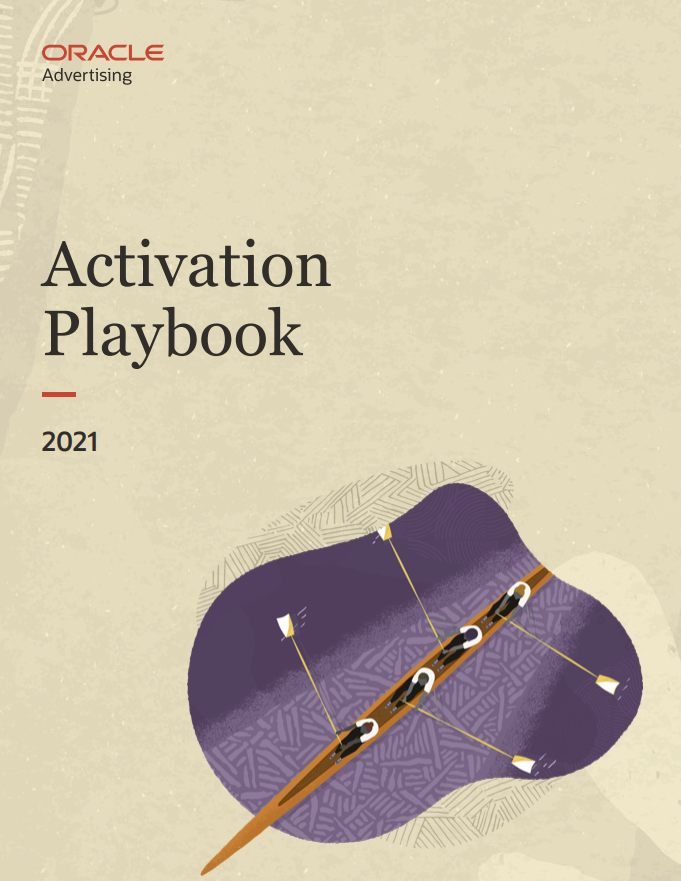 Activation playbook: Deliver data that powers impactful, game-changing campaigns
Activation playbook: Deliver data that powers impactful, game-changing campaignsWhitepaper Bringing together data and technology to drive better business outcomes
By ITPro Published
-
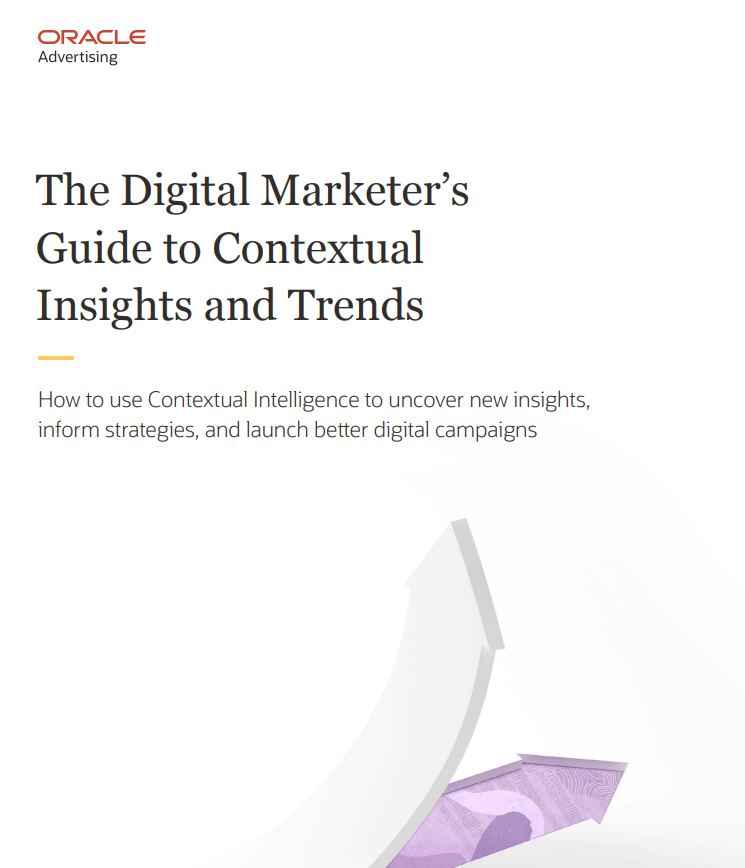 The digital marketer’s guide to contextual insights and trends
The digital marketer’s guide to contextual insights and trendsWhitepaper How to use contextual intelligence to uncover new insights and inform strategies
By ITPro Published
-
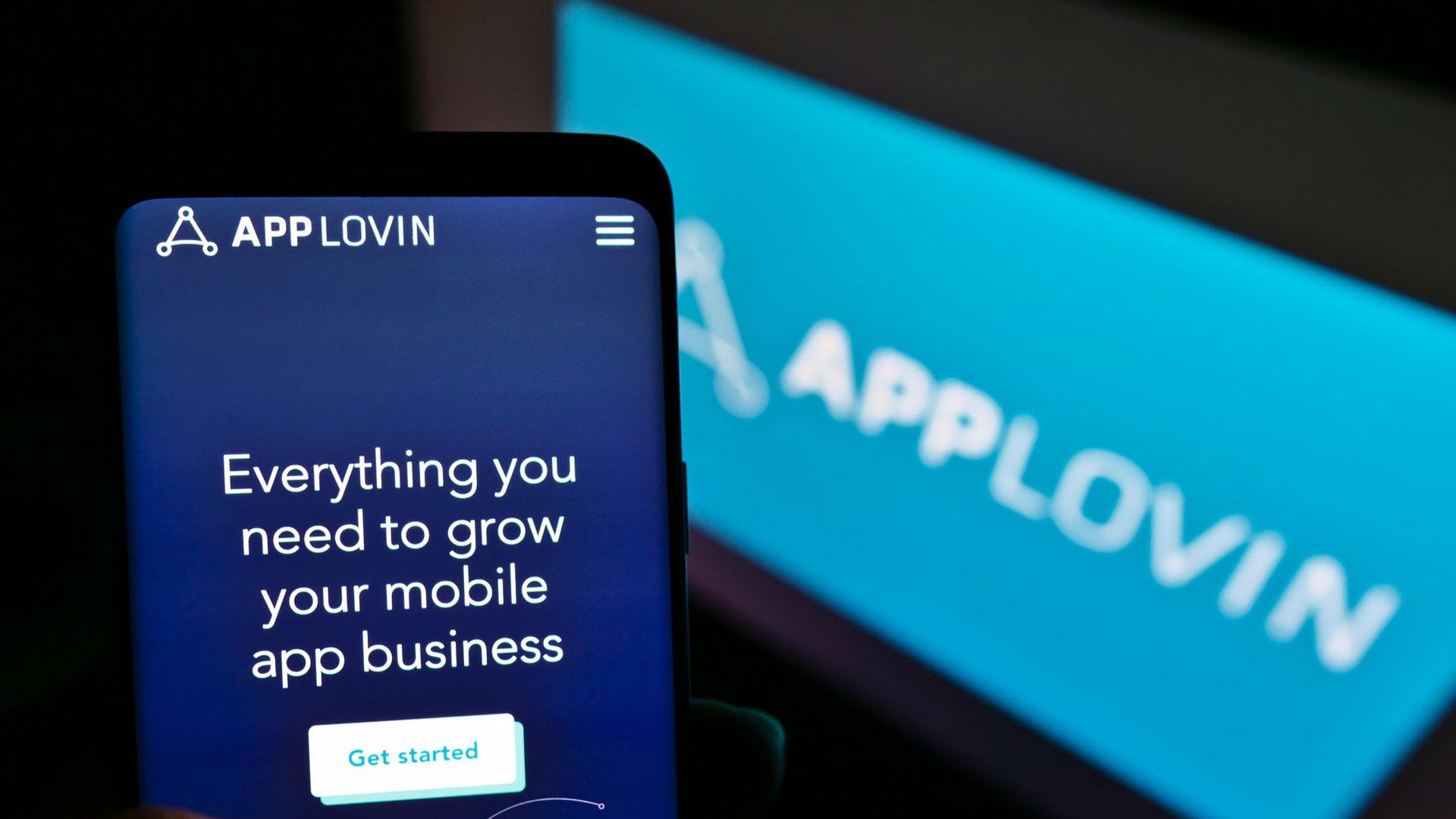 Twitter sells mobile ad unit for triple its original value
Twitter sells mobile ad unit for triple its original valueNews The sale will allow the tech giant to focus on its plans of doubling its revenue in 2023 to $7.5 billion
By Sabina Weston Published